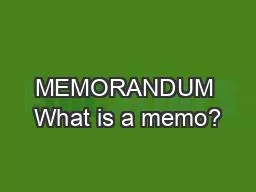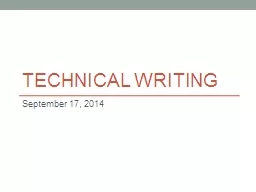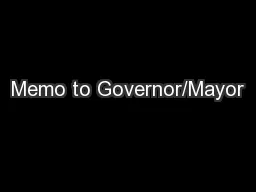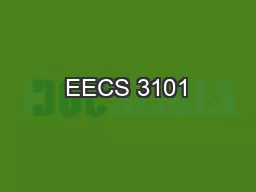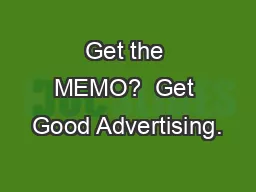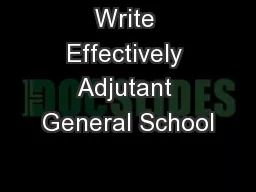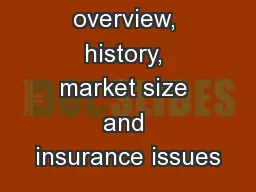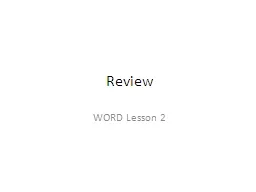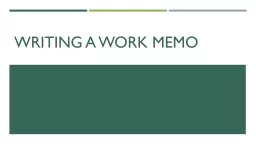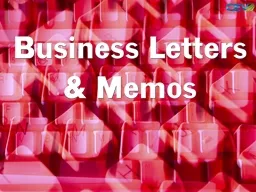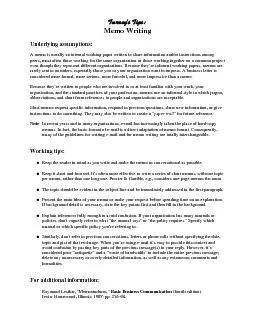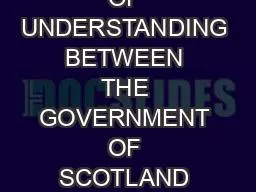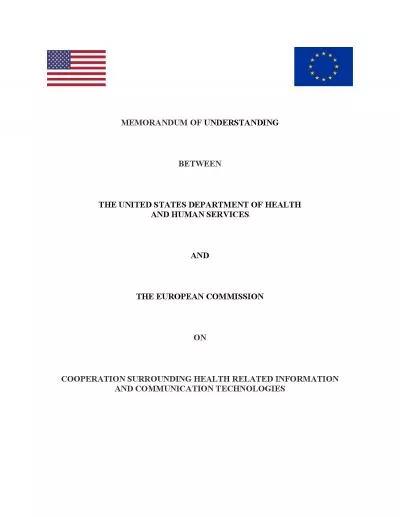PPT-MEMORANDUM What is a memo?
Author : eurolsin | Published Date : 2020-08-27
A memo is a hardcopy sent on paper document used for communicating inside an organisation usually short contains To From Date Subject Headings and Message sections
Presentation Embed Code
Download Presentation
Download Presentation The PPT/PDF document "MEMORANDUM What is a memo?" is the property of its rightful owner. Permission is granted to download and print the materials on this website for personal, non-commercial use only, and to display it on your personal computer provided you do not modify the materials and that you retain all copyright notices contained in the materials. By downloading content from our website, you accept the terms of this agreement.
MEMORANDUM What is a memo?: Transcript
Download Rules Of Document
"MEMORANDUM What is a memo?"The content belongs to its owner. You may download and print it for personal use, without modification, and keep all copyright notices. By downloading, you agree to these terms.
Related Documents

